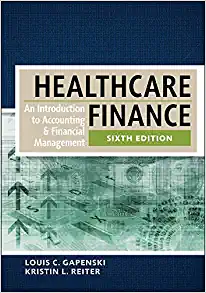Question
MINI CASE: Dorchester, Ltd. Dorchester Ltd. is an old-line confectioner specializing in high-quality chocolates. Through its facilities in the United Kingdom, Dorchester manufactures candies that
MINI CASE: Dorchester, Ltd.
Dorchester Ltd. is an old-line confectioner specializing in high-quality chocolates. Through its facilities in the United Kingdom, Dorchester manufactures candies that it sells throughout Western Europe and the United States. Dorchester has been exporting to the U.S. market at 65,000 pounds of candy per year without growth because of limited production capacity. Dorchester believes that the U.S. market is much bigger. If Dorchester builds a separate manufacturing facility in the United States, its output would supply the entire U.S. market, replacing the existing exports and further expand the market. Dorchester currently estimates initial demand in the North American market at 390,000 pounds (when the plant finishes one year from now), with growth at a 5 percent annual rate thereafter.
Dorchester presently realizes 2.87 profit per pound on its North American exports. Once the U.S. manufacturing facility is operating, Dorchester expects that it will be able to initially price its product at $7.70 per pound. This price would represent an operating profit of $4.40 per pound. Both sales price and operating costs are expected to keep track with the U.S. price level; U.S. inflation is forecast at a rate of 3 percent for the next several years. In the U.K., long-run inflation is expected to be 5 percent, depending on which economic service one follows. The current spot exchange rate is $1.50/l.00. Dorchester explicitly believes in PPP as the best means to forecast future exchange rates.
The manufacturing facility is expected to cost $7,000,000. Dorchester plans to finance this amount by a combination of equity capital and debt. The plant will increase Dorchester's borrowing capacity by 2,000,000 (therefore the firm's optimal debt ratio is 0.429), and it plans to borrow only that amount. The local community in which Dorchester has decided to build will provide $1,500,000 of debt financing for a period of seven years at 7.75 percent. The principal is to be repaid in equal installments over the life of the loan. At this point, Dorchester is uncertain whether to raise the remaining debt it desires through a domestic bond issue or a Eurodollar bond issue. It believes it can borrow pounds sterling at 10.75 percent per annum and dollars at 9.5 percent. The principal of the remaining debt is also to be repaid in equal installments over the life of the debt. Dorchester estimates its all-equity cost of capital to be 15 percent.
The U.S. Internal Revenue Service will allow Dorchester to fully depreciate the new facility over a seven-year period. On the book, the facility will be worth nothing at the end of the seventh year. However, the management estimates that the confectionery equipment, which accounts for the bulk of the investment, can still be sold at US$2 million (terminal value). The capital gain tax rate is 35%.
Dorchester does not expect to receive any special tax concessions. Further, because the corporate tax rates in the two countries are the same-35 percent in the U.K. and in the United States- transfer pricing strategies are ruled out.
Should Dorchester build the new manufacturing plant in the United States?
Hint: Effective interest rate if a firm borrows from a foreign country: [ ( 1 + If) ( 1 + e ) - 1 ] * 100%
Step by Step Solution
There are 3 Steps involved in it
Step: 1

Get Instant Access to Expert-Tailored Solutions
See step-by-step solutions with expert insights and AI powered tools for academic success
Step: 2

Step: 3

Ace Your Homework with AI
Get the answers you need in no time with our AI-driven, step-by-step assistance
Get Started


